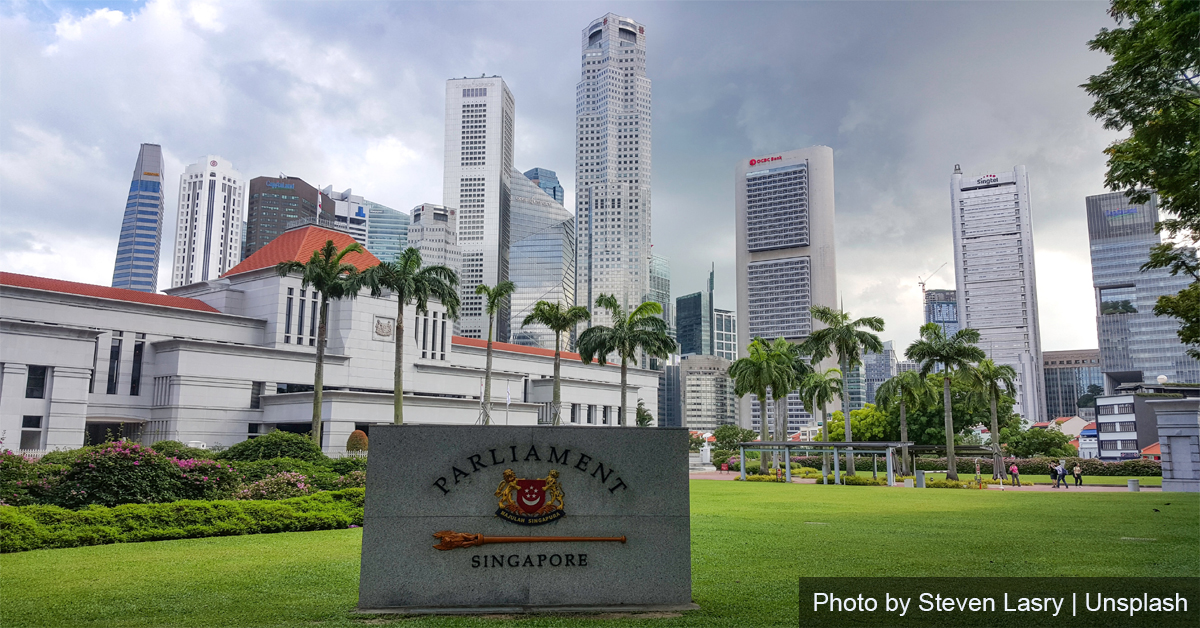
It is no surprise that the Non-Constituency Member of Parliament (NCMP) scheme has been the subject of discussion again as campaigning for the 2020 General Election gets underway.
Workers’ Party (WP) candidate for Hougang, Dennis Tan, has said the NCMP scheme prevents opposition parties from growing roots in a constituency. Tan Cheng Bock, founder of the Progress Singapore Party, has said flatly that he would reject an NCMP seat if it were to be offered to him.
In contrast, the People’s Action Party (PAP)’s Indranee Rajah has talked about the merits of the NCMP scheme as one that gives opposition members full voting rights and a voice in Parliament, even if they are not elected into office.
Has the NCMP scheme been a boon or a bane to Singapore’s political development? To answer that question, one would have to review its legacy and its contributions to Singapore’s political landscape. More importantly, from there, its current and future relevance can be assessed.
More opposition representation
The NCMP scheme was introduced in 1984 to offer the “best losers” from the opposition a chance to take up a pre-determined number of seats in Parliament.
Before its implementation, there had been no opposition MPs elected into Parliament for nearly 20 years, until the Workers’ Party’s J. B. Jeyaretnam won a seat in the 1981 Anson by-election. The scheme therefore ensures that there would always be an opposition presence in Parliament even if the ruling party wins all the seats.
Over the years, the number of NCMP seats has increased, starting from three to six, to a maximum of nine in 2010, then to a maximum of 12 in 2016.
In that same year, the scheme was reviewed to allow NCMPs to vote on proposed Bills and speak on any subject debated in Parliament, just like MPs.
Because of that, more opposition politicians have taken part in Parliamentary debates, and raised a wider range of perspectives from the ground.
Former NCMP Gerald Giam, for example, tabled an Adjournment Motion in 2013, proposing improvements to Medishield to make it more affordable for low-income Singaporeans. He would not have been able to do this if he had not been included in the parliamentary process.
In this aspect, therefore, the scheme has achieved its aim of giving the opposition a seat at the table.
However, unlike MPs, NCMPs do not formally represent any constituency.
This means they do not have to shoulder the responsibilities and duties associated with running a Town Council, which former Nominated Member of Parliament Calvin Cheng felt was a positive thing because NCMPs could then just concentrate on their role as “excellent parliamentarians … without the extra burden of being town councillors”.
But while running a town council is undoubtedly heavy going, it offers valuable exposure to constituents and adds legitimacy to a political aspirant’s work. Elected MPs who interact with and assist constituents with their problems strengthen their connection to the people who put them in office, gaining political capital in the process.
In this respect, the NCMP scheme does not provide similar avenues. But all is not lost if they are fortunate enough to have fellow party members who are elected MPs. While not part of the scheme, NCMPs can assist the MPs from their own party in constituency work, thus gaining some political capital in their own right.
WP’s Dennis Tan, for instance, has helped out in and around Hougang as an NCMP. Perhaps, not coincidentally, he has been chosen by the party as its candidate to succeed the outgoing MP, if elected.
NCMPs can also raise questions or spar with ministers in Parliament based on what they have learned in the constituencies they are involved in. This year, after house visits in Fengshan, which the WP contested in 2015, former NCMP Leon Perera raised a Parliamentary Question about a likely reduction in the number of allied educators in classrooms.
In response, Senior Parliamentary Secretary for Education, Low Yen Ling, confirmed there was indeed a reduction in one group of educators, but assured there would be assistance provided if they wanted to transition into different roles.
So, if NCMPs are fortunate enough to be part of such an ecosystem, they can still make an impact – and perhaps eventually win an actual seat – in Parliament.
The future of the NCMP scheme
WP’s Sylvia Lim, for example, served one term as a NCMP and subsequently became an elected MP. While she is the only NCMP who has made that successful transition to date, her political career shows the possibility, if not the probability, of benefitting from the NCMP scheme.
This is especially so as the political landscape develops, with more opposition parties being formed and more Singaporeans stepping up as candidates.
Therefore, the NCMP scheme, despite its perceived drawbacks, can actually be put to good use by opposition parties. The fact that most are willing to accept NCMP positions shows that, despite their misgivings, they still see some advantage in getting a foot in the door.
Whether that continues to be the case remains to be seen. The NCMP scheme was first implemented in an era where less than half of Parliamentary seats were contested during general elections and the PAP took up nearly all seats in Parliament.
Things have changed since then. Today, all 93 seats are being contested, as they were in the last general election in 2015. Is there still a need for the NCMP scheme? Perhaps the answer will become clearer after the results are announced at the end of Polling Day.
Teo Kay Key is research associate at the Institute of Policy Studies’ Social Lab; Tan Ern Ser is associate professor and academic adviser at the same unit.
Top photo from Unsplash.
